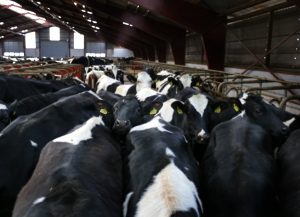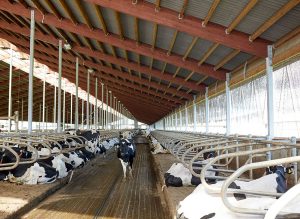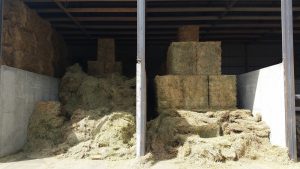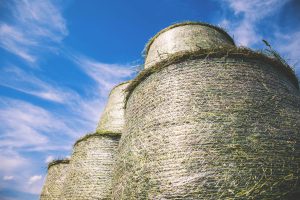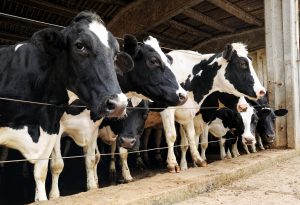Joaquín Ventura & Fernando Diaz
Dairy cattle are organized in highly structured groups, with a very defined social hierarchy. The character differences of each individual, understood as the number and type of social interactions maintains with the rest of the group, defines the structure of the social network within those groups. Each cow has its own preferences when it comes to interacting with others, and shows a different level of affinity with one or other partners within the lot.
Animal handling on any dairy farm involves regrouping cows in lots by age or productive status. The latter usually involves rearranging the group of individual animals, which produces alterations in its social structure and, therefore, results in a source of stress for the cows.
An article published in Applied Animal Behavior Science (Rochaa et al., 2020) researched whether the social structure established in a group of cows depends on the individual character of each or on the composition of that group. A total of 158 cows were distributed in six pens for 17 weeks.
Cows were continuously monitored for their precise positions in two groups: one with independent fixed populations and another during the formation of new batches with variable populations. It was assumed that when two animals spent time next to each other they were interacting socially.
Changes in individual social character in fixed and dynamic groups
In the fixed groups, the sociability of each cow (understood as the time spent near the rest of the group members) was maintained throughout the observation period. Some cows showed a preference for interacting with specific individuals while others would change “companions”. Animals did not interact with the same individuals in or outside the rest area.
In the dynamic groups, when new animals were introduced, the sociability of each individual remained unchanged, suggesting it is a character of the individual that does not depend on the group in which she was originally, but rather an individual characteristic of the “personality” of each animal.
As new groups formed, the arrival of new individuals weakened the pre-established social network. This was result of the limited relationship of the new members of the lot with those who already belonged to it. In addition, there was a weakening of the relationships between resident cows that lasted for two weeks. During this period, the average number of contacts decreased by 11.8% and their duration by 19%, although the changes occurred mainly during the second week.
During the first week after the introduction of new animals, the relationships between cows that already belonged to the lot remained unchanged, and during the second week the entire social structure of the group was reorganized.
Conclusions
The main conclusions of this study were:
- Each cow has its own character, referring to its capacity and predisposition to maintain contacts and interact with other cows, and this individual character is maintained over time, even when it is removed from her group and introduced into another.
- Cows show a preference for interacting with certain individuals in their herd.
- No correlation was observed in this study between the interactions that the cows maintained in the rest area with those that took place in the rest of the areas.
- When significant changes occurred in the composition of the groups (one third of the total animals), violent interactions took place until the hierarchy of the group was reestablished. Cows that already belonged to the group before the introduction of new individuals maintained their interrelation preferences.
Reference
Luis E.C Rochaa, Olle Terenius, Isabelle Veissier, Bruno Meunier, Per P. Nielsen. 2020. Persistence of sociality in group dynamics of dairy cattle. Applied Animal Behaviour Science. 223: 104921.
© 2021 Dellait Dairy Knowledge Center. All Rights Reserved.



